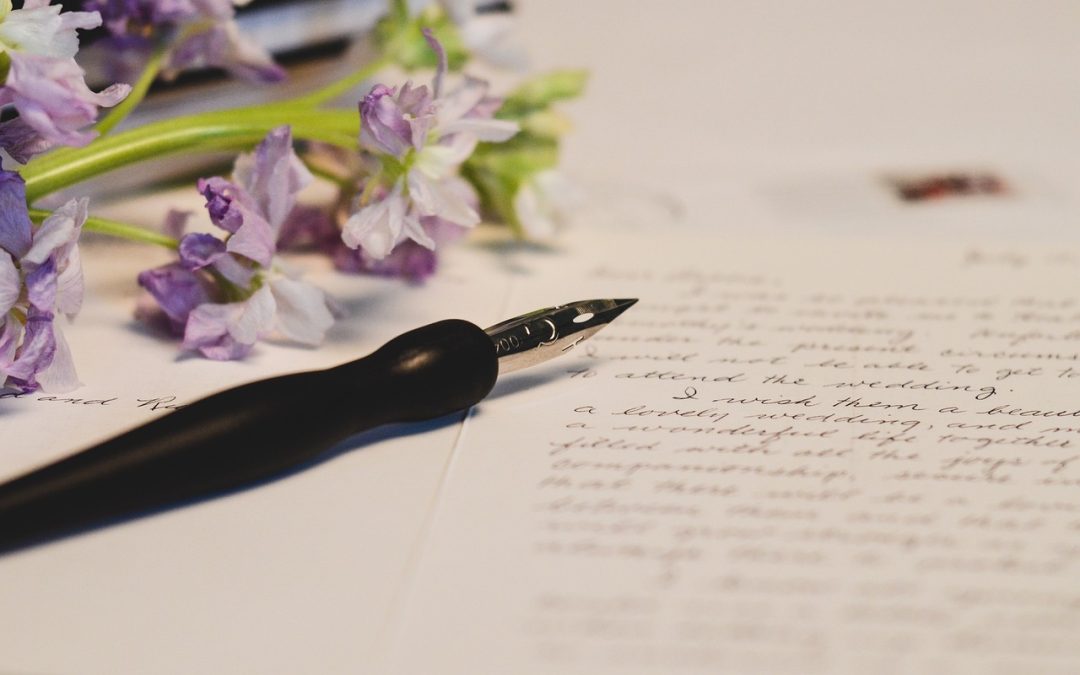As indie authors, we’re no strangers to taking on multiple roles – writer, editor, designer, and publisher, all wrapped into one. But when it comes to crafting the perfect chapbook, it can be daunting to know where to start. A chapbook is more than just a collection of poems or short stories; it’s a curated experience that showcases your unique voice and style. In this post, we’ll dive into the world of chapbook creation, gathering tips and insights from fellow indie authors to help you bring your vision to life.
Defining Your Vision
Before you begin designing your chapbook, it’s essential to define its purpose and scope. What themes or ideas do you want to explore? What tone do you want to convey? Take some time to brainstorm and jot down your ideas, even if they seem vague or scattered. This will help you identify patterns, connections, and threads that can be woven together to create a cohesive narrative.
Consider the following questions to help you clarify your vision:
- What is the central theme or message of your chapbook?
- What tone do you want to convey – humorous, serious, introspective, or experimental?
- What is the ideal length and structure of your chapbook?
- What visual elements will enhance your writing – illustrations, photographs, or typography?
As you refine your vision, remember that a chapbook is an intimate, personal experience. It’s a chance to share your unique perspective, voice, and style with readers. Don’t be afraid to take risks and push boundaries – after all, that’s what indie publishing is all about!
Designing Your Chapbook
Once you have a clear vision, it’s time to bring your chapbook to life. Design is a crucial aspect of chapbook creation, as it sets the tone and atmosphere for your readers. You don’t need to be a professional designer to create a stunning chapbook – just a willingness to experiment and learn.
For indie authors, there are a wealth of design tools and resources available. Consider using:
- Vellum for formatting and typesetting
- Canva for cover design and layout
- InDesign for advanced layout and design control
When it comes to choosing paper and binding methods, think about the tactile experience you want to create for your readers. Do you prefer a sleek, modern look or a more rustic, handmade feel? Research different paper weights, textures, and binding methods to find the perfect combination for your chapbook.
If you’re new to DIY bookbinding, be sure to check out our guide on DIY Bookbinding Methods for Beginners. With a little patience and practice, you can create beautiful, professional-looking chapbooks that showcase your unique style.
Polishing Your Content
A chapbook is only as strong as its weakest poem or story. Take the time to carefully curate and edit your content, ensuring that each piece flows seamlessly into the next. Consider the following tips to help you polish your content:
- Edit your work ruthlessly – cut lines, stanzas, or entire pieces that don’t contribute to the overall narrative
- Seek feedback from beta readers, writing groups, or mentors
- Experiment with different formats, such as prose poetry or flash fiction
- Use typography, spacing, and formatting to create a visually appealing layout
Remember, a chapbook is a curated experience, not a dumping ground for every poem or story you’ve ever written. Be discerning, and only include work that showcases your unique voice and style.
The most important thing is to stay true to your vision, even when it’s hard. Don’t try to fit into someone else’s mold or follow a trend – your readers will respond to your authenticity and passion.
In the end, crafting the perfect chapbook is a journey, not a destination. It takes time, effort, and patience, but the rewards are well worth it. With these tips and insights from fellow indie authors, you’ll be well on your way to creating a stunning, professional-looking chapbook that showcases your unique voice and style.
Ready to dive deeper into the world of chapbook creation? Check out our guide on Chapbook Essentials: Crafting a Compelling Collection for more tips and insights on curating your content. Happy writing!

